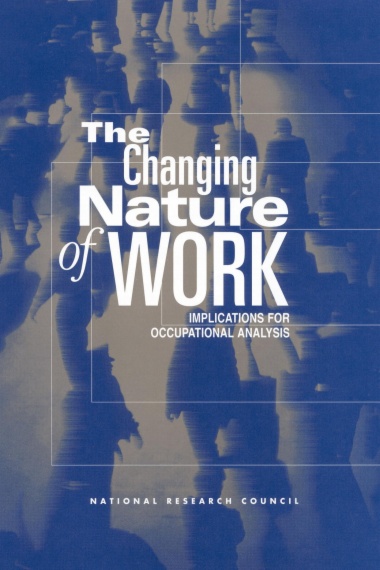

Although there is great debate about how work is changing, there is a clear consensus that changes are fundamental and ongoing. The Changing Nature of Work examines the evidence for change in the world of work. The committee provides a clearly illustrated framework for understanding changes in work and these implications for analyzing the structure of occupations in both the civilian and military sectors.
This volume explores the increasing demographic diversity of the workforce, the fluidity of boundaries between lines of work, the interdependent choices for how work is structured-and ultimately, the need for an integrated systematic approach to understanding how work is changing. The book offers a rich array of data and highlighted examples on:
The committee reviews the evolution of occupational analysis and examines the effectiveness of the latest systems in characterizing current and projected changes in civilian and military work. The occupational structure and changing work requirements in the Army are presented as a case study.